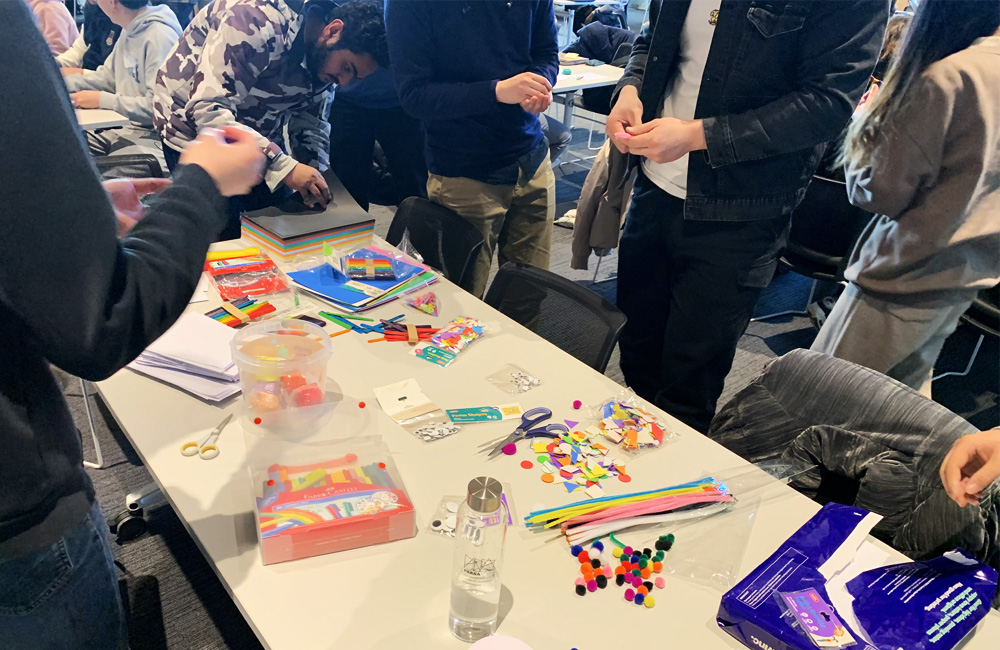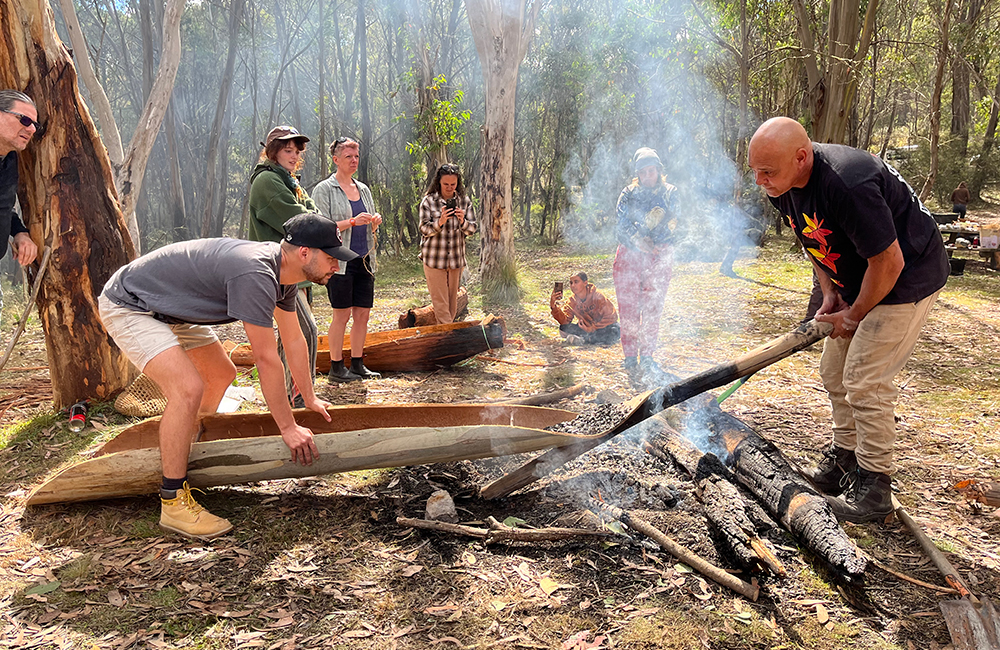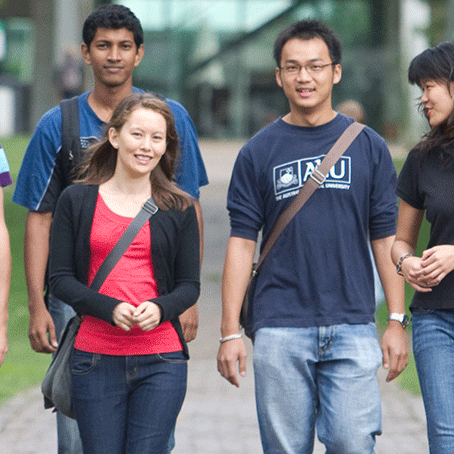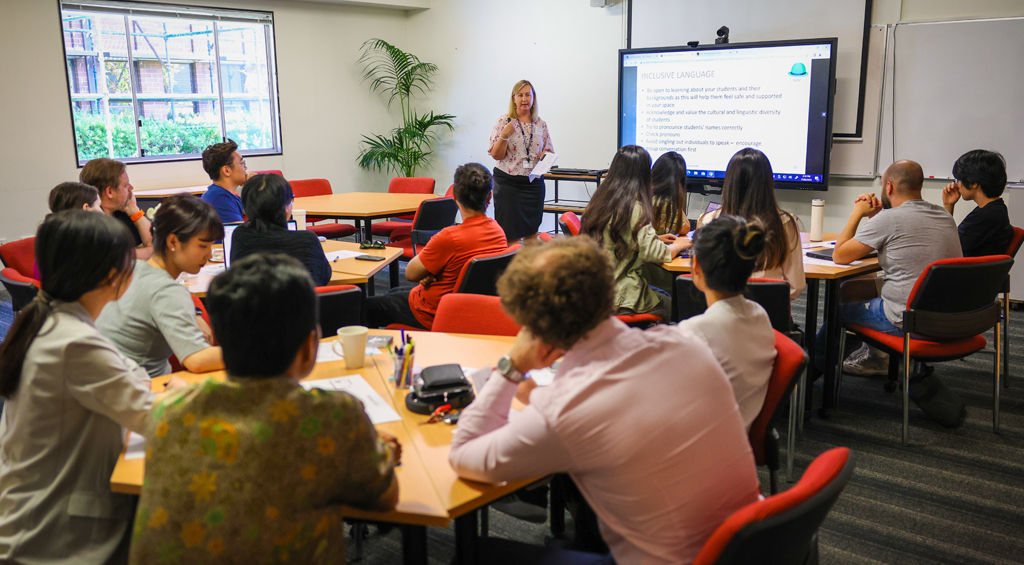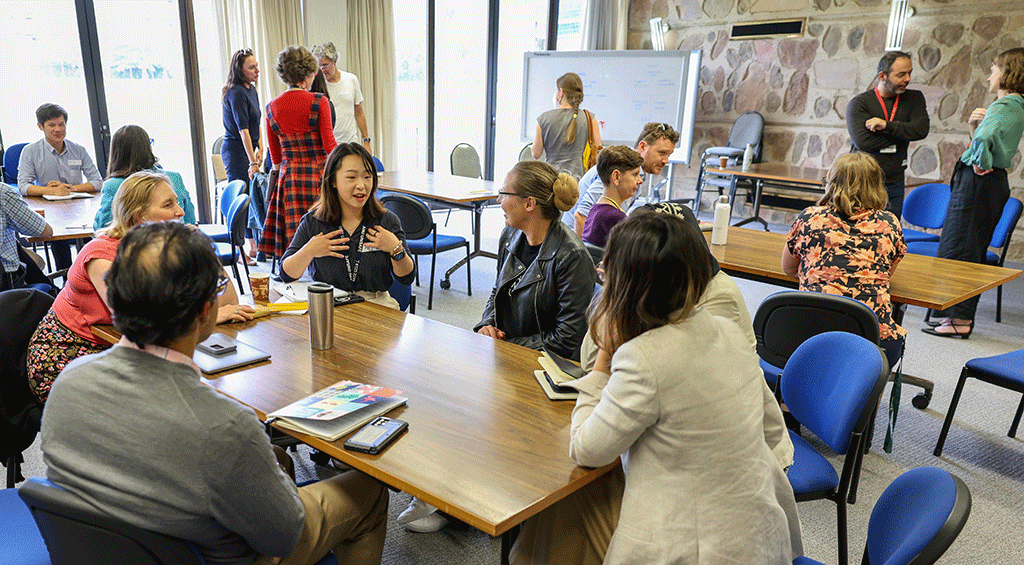Transformative teaching practices: Creative ways to promote student collaboration in Computer Science courses
The old associations of computer scientists working alone with their devices, as usually depicted in movies and the media, are long gone and computer science is widely seen now as a social pursuit. Despite communication and teamwork being essential skills and attributes of computer science graduates, traditional approaches to introductory undergraduate computer science courses that fall short of fostering student collaboration are still a reality. This indicates the urgent need to review our teaching practices to prepare our students for scenarios they are likely to experience in the job market. One of the many ways of ensuring students gain experience in communication and teamwork involves replacing individual programming assignments that may discourage collaboration to creative and innovative strategies. This article explores an Escape Room experience envisioned and developed by Dr Bernardo Pereira Nunes at the School of Computing that aimed at fostering collaborative work amongst second-year computer science students.
Understanding computer science as a social pursuit and recognising the need to move away from traditional ways of teaching computer science, Bernardo created the Escape Room experience – The Software Construction Escape room: Release if you can. By combining social interaction and challenging riddles, puzzles and tasks, Escape Rooms are experiences that allow participants to fully immerse themselves into new worlds and contexts. These escape games are usually 60-minutes in length and require participants to accomplish a sequence of tasks to win or escape the room. Escape Rooms were initially conceived as interactive and gamified experiences and have been gaining popularity in teaching and learning spaces in recent years.
At the School of Computing, the aims of this experience were two-fold. Firstly, the activity was designed for students to apply some concepts learned throughout the course to solve the riddles and “escape” the room. However, “escaping” the room and finishing the experience was dependent on students’ communication and teamwork skills – hence fostering collaboration was the second aim of the Escape Room. This experience comprised of a single room with five puzzles and was designed to scaffold students’ collaboration skills in preparation for a large group assignment.

Panoramic view of the The Software Construction Escape room: Release if you can
This pilot was tested by a cohort of second-year students and was extremely well received. Students were overwhelmingly positive about the experience and reported having enjoyed the experience, even if they were not able to finish the tasks and “escape” the room. They also described not feeling anxious or stressed while applying course concepts to “real-world problems” as they would normally experience in regular course assignments. Interestingly, the experience also revealed that even though students were able to solve some tasks, they were not able to identify what skills and discipline-specific content they used. Additionally, despite the need for more investigation and iterations of this project, students have reported a greater understanding and appreciation of the importance of collaborative work.
The Software Construction Escape room: Release if you can experience provides not only insights into the need to foster student collaboration in computer science courses, but also a practical lesson of how teamwork and communication skills can be incorporated into the curriculum in an engaging, fun and innovative way. It is also important to recognise that any step towards fostering collaboration should be equally appreciated and, although the focus of this article is on creating a game-based activity, simple and less intense strategies such as pair programming, group projects and creative projects, if well-conceived and pedagogically sound, can also lead to effective outcomes.
ANU links to Escape Room
- Soft Skills in the class room (2023 article)
- Create an Escape Room for your Classroom (video)
- ANU Reporter: The great escape: unlocking a creative approach to learning
- Escape Room unlocks inventive path to learning
- ANU Escape Room opens doors to public
More about Bernardo
Bernardo is a Senior Lecturer at the School of Computing and Sub Dean (Academic Integrity) of the College of Engineering, Computing and Cybernetics (CECC). He is a dynamic and multifaceted researcher bridging the gap between computer science and education, focusing on innovation and social impact. His teaching philosophy is strongly centered on project- and practice-based learning, which students highly praise. Bernardo’s previous publications and research interests include Web Science, Technology Enhanced Learning, Semantic Web and Information Retrieval. You can contact him at bernardo.nunes@anu.edu.au.
Bruna Contro Pretoro (she/her) Learning Advisor, Scholarly Information Services, Academic Skills

